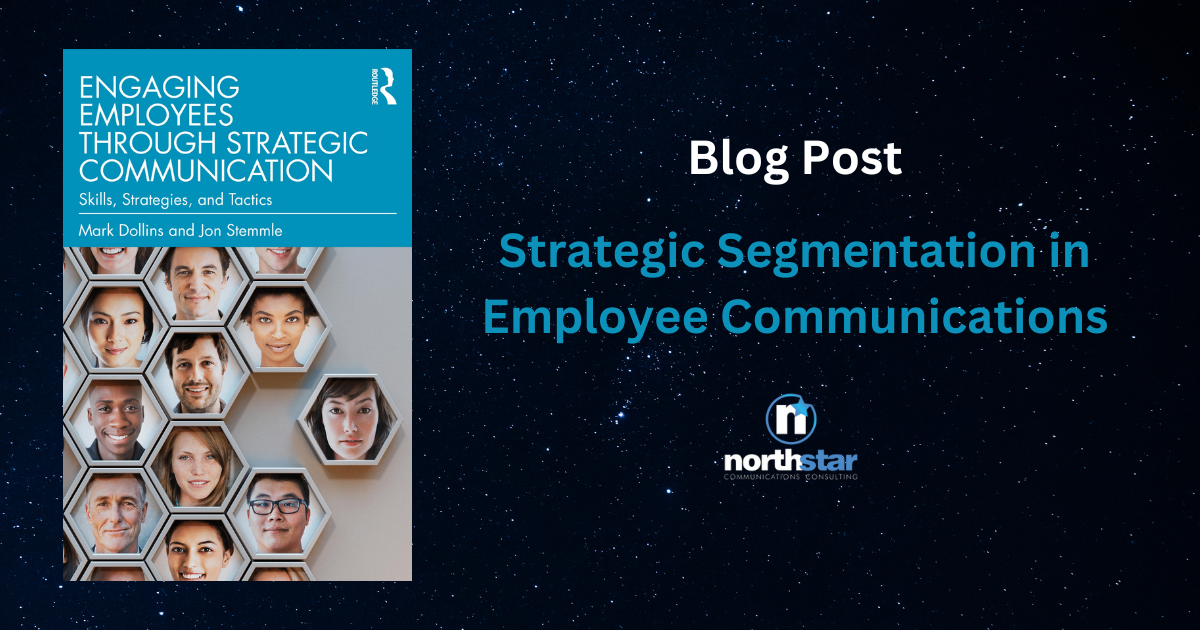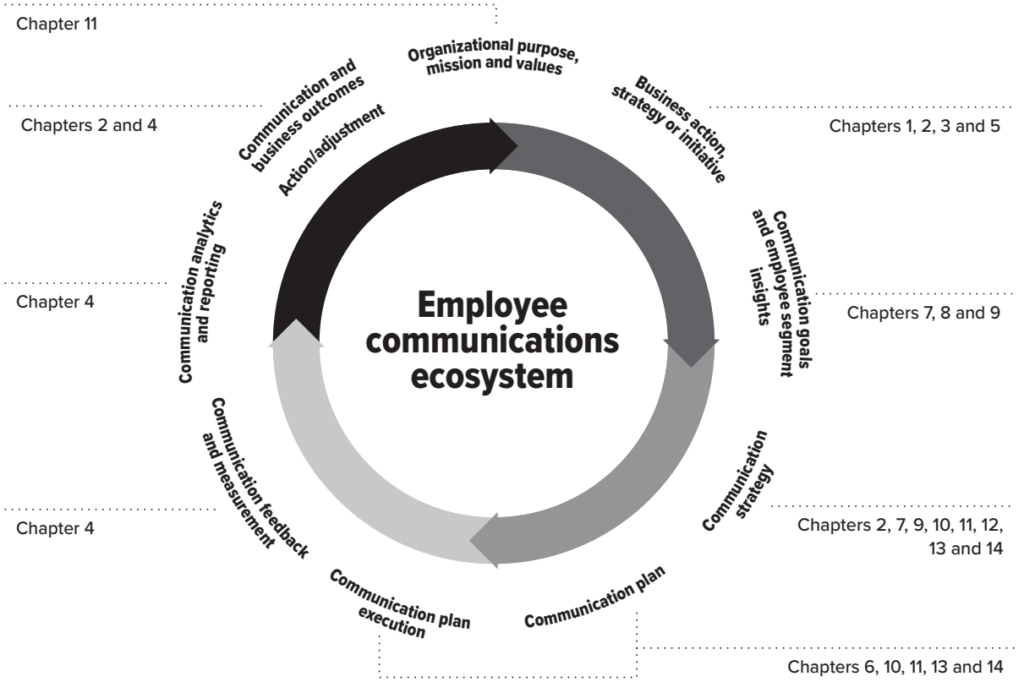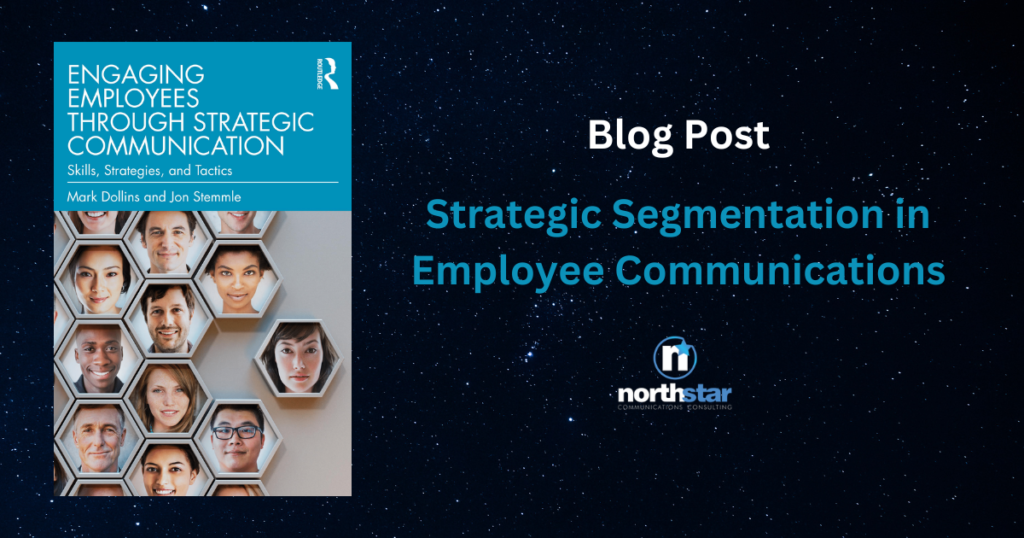
This blog post briefly summarizes chapter seven of the book Engaging Employees Through Strategic Communication by Mark Dollins and Jon Stemmle. Visit engage-employees.com to grab your copy today.
Segmentation
Imagine, as a communicator, being asked to convey an organizational change about your company’s structure. Executive A is leaving the company, and her role won’t be back filled. Executive B is getting most of Executive A’s former team, and Executive C is getting a few smaller teams from Executive A. The task given to you is simply to communicate those changes to those in the organization.
It may sound simple enough to write something up, put it in an email, and hit “send.” After all, people understand change happens, they can read emails and it’s not that complicated, right?
But what if this were the third significant structural change for these team members in six months? And there’s a higher-than-normal attrition rate in one of these teams — say, with new product development? And what if Executive B has no previous history or experience running the kinds of teams coming to him from former Executive A?
Start adding a few of those circumstances, and hitting a single “send’ button would be akin to throwing gasoline on a burning fire. Chances are that this one email message sent to all internal stakeholders simultaneously would engender a response from those receiving it of confusion, distrust and even anger. Employees who are most directly impacted rightly feel they should know about a change impacting them before broader audiences are informed. Leaders in the organization likely would feel blindsided and unable (or even unwilling) to speak to the rationale of the decision(s) and the potential positives it could yield. And as a result of how this change was communicated, leader and employee engagement wanes, productivity takes a hit and everything from failure to meet quality standards to increased code of conduct violations can follow.
Treating all internal stakeholders the same fails to recognize and address the unique needs of several different internal stakeholder sets. This is where segmentation comes in. Audience segmentation is defined as the process of taking a homogenous group of people and dividing them into smaller groups based on their attributes, such as beliefs and demographics. Through segmentation, you can assess the unique communication needs of employees and sequence messages in ways that optimize how, to whom and when, the change news is delivered.
How internal stakeholders feel about the change, and the way it is communicated, can make a significant difference in how the change is accepted, the time it takes to implement the change, and how effectively that new structure will work once it’s fully implemented.
Consider how different the outcome would be if you used segmenting with the messaging approach. Instead of a mass email, there was a pre-wired message about the expected change with administrators and thought leaders in the organizations touched by the new change in structure. Imagine how differently the news would be accepted if you delivered the news in a meeting, with context, to Executive A’s team members before they read it in an announcement sent to the entire organization? Consider how much more easily change would be implemented if leaders in Executive B’s and C’s organization were pre-briefed, and provided with tools and messaging that enabled them all to work off the “same page,” so to speak.
All of this is not to say that there’s never a time or place to send one mass communication to all employees. However, with today’s communication needs to internal stakeholders it’s important to consider what the message is and if a “one size fits all” approach is appropriate for what you want to achieve.
Common internal segments
There are many ways to segment internal stakeholders, and combinations of internal segments can seem endless, but a good reference point is to think about segmentation across two dimensions; role and affiliation.
Different segments have unique needs
The unique needs of each internal stakeholder segment can be as unique as the organization’s culture. When internal communicators start segmenting by level in their organizations, they’re not only solving for preferences and needs of those segments, but for behaviors that exist in the culture. For example, fewer organizations today rely on cascading information from top to bottom. The speed of social/digital media makes it — for all intents and purposes — impossible for top-down communications to be effective.
The size of an organization will dictate levels of roles and the numbers of them, so the list of roles that follows may not directly apply in every organization, but directionally they signal the types of content that are best suited for some of the more common levels/roles in larger organizations. While there may not be universal agreement on what those unique needs are, there are a few core consistencies in the kinds of content each likely would prefer.
Are you interested in learning more about the additional factors in segmentation? Pick up a copy of Engaging Employees Through Strategic Communication to read the full chapter.
Get Your Copy Of The Engaging Employees Through Strategic Communication Book Or Contact North Star Communications Today

The diagram above shows the different topics covered in the book. Take advantage of the opportunity to enhance your organizational communication strategy and engage your employees effectively by getting your hands on the highly recommended book, Engaging Employees Through Strategic Communication by Mark Dollins and Jon Stemmle. Piqued your curiosity? Want to know why change communications, Block Chain, Artificial Intelligence and employee activism will shape our near-term future? Visit engage-employees.com to grab your copy today.
If you’re looking for expert guidance in implementing change communications, talent development, and coaching in your organization, look no further than North Star Communications Consulting. Contact us today to schedule a free consultation and take the first step toward transforming your organizational communication approach.


